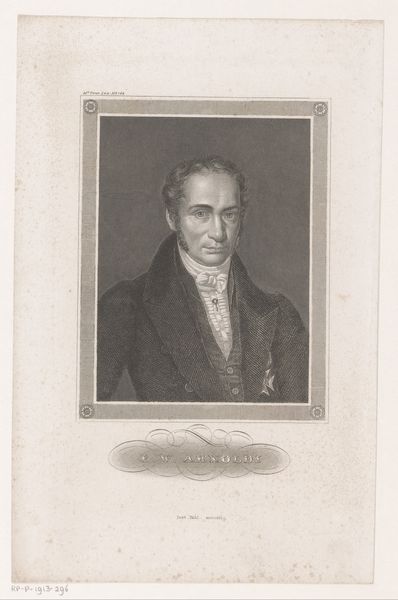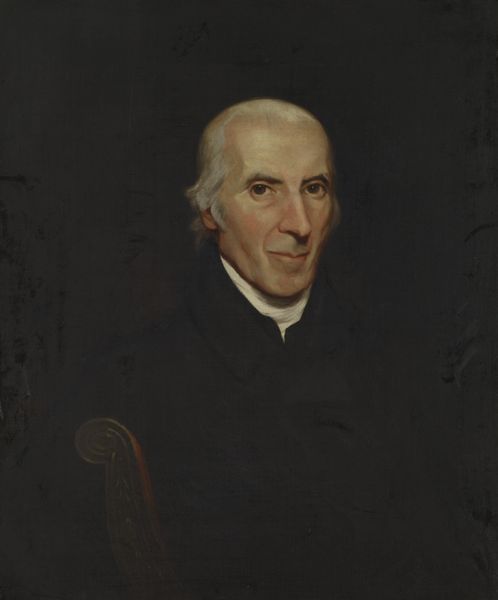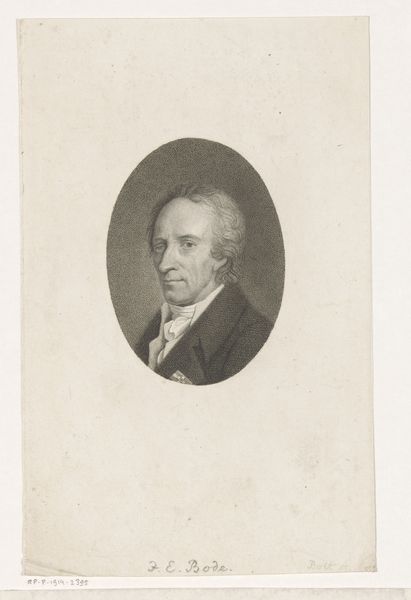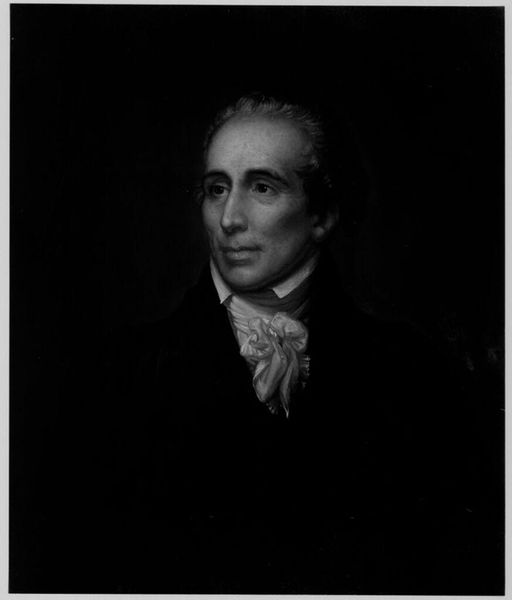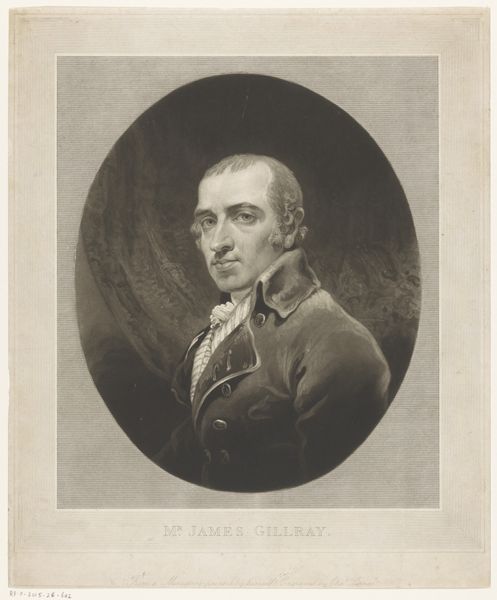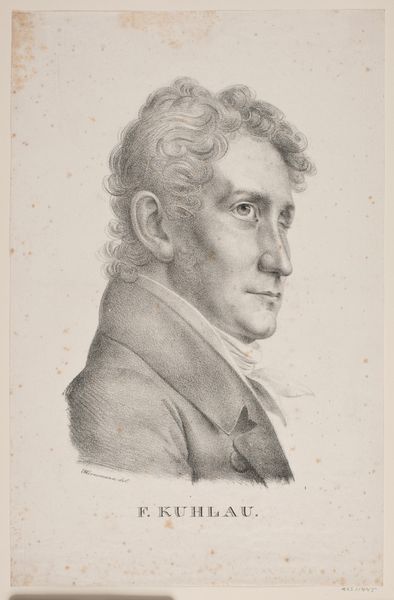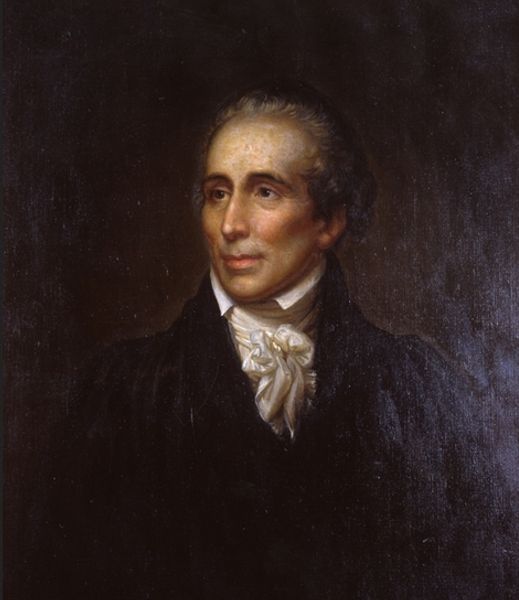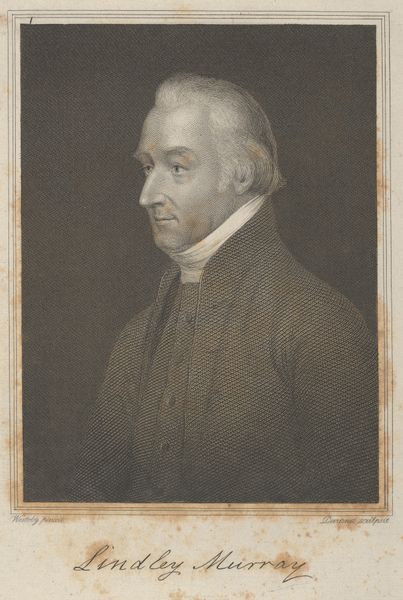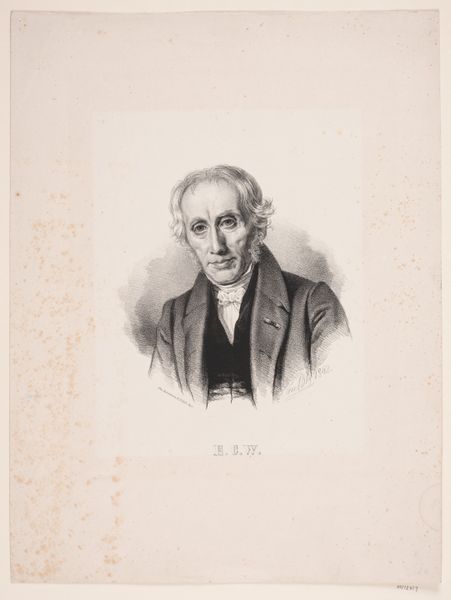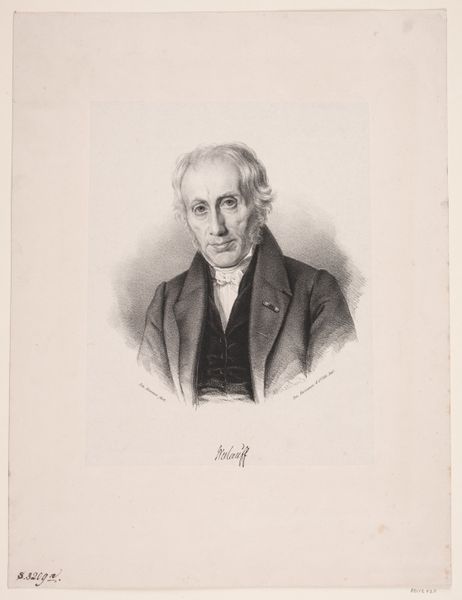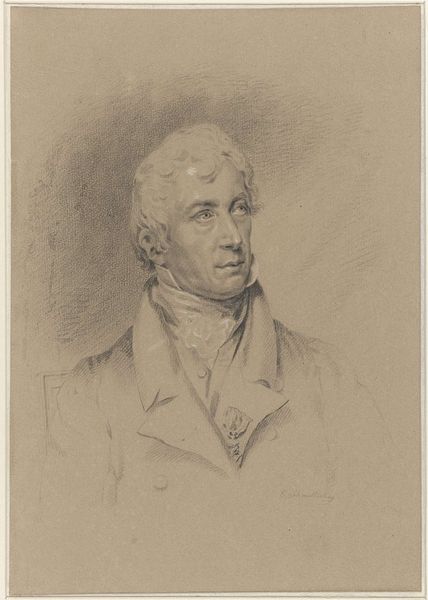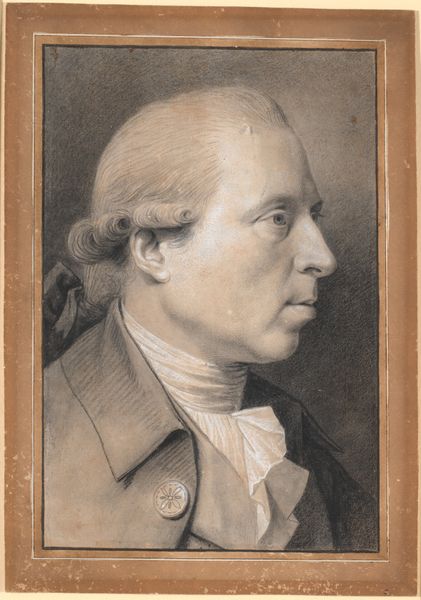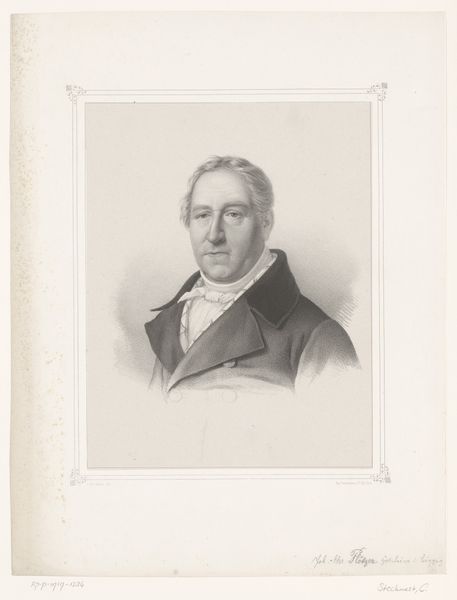
drawing, graphite
#
portrait
#
drawing
#
portrait image
#
neoclassicism
#
portrait reference
#
portrait head and shoulder
#
graphite
#
animal drawing portrait
#
portrait drawing
#
facial study
#
facial portrait
#
portrait art
#
fine art portrait
#
digital portrait
Dimensions: overall: 35.7 x 27.9 cm (14 1/16 x 11 in.)
Copyright: National Gallery of Art: CC0 1.0
Editor: Here we have Rembrandt Peale's graphite drawing of Dr. John Warren, dating from around 1806. The detail achieved with just graphite is really striking! What jumps out at you? Curator: Consider the social context in which this portrait was produced. Graphite, though seemingly simple, represented a new, readily available medium. Previously, portraiture was largely confined to the wealthy who could afford oils. Here, the democratizing effect of accessible materials expands the potential for representation, creating new audiences for portraiture and expanding artistic labour. Notice also the labor intensity; such precision with graphite speaks to Peale's training and dedication. Editor: That's a fascinating way to look at it. I was just thinking about the individual depicted. Is there significance to him, beyond being a wealthy patron who could commission art? Curator: Absolutely. Dr. Warren was a prominent figure in the medical community. Think about the historical implications of portraiture intersecting with the burgeoning field of medicine. These images, circulated through engravings perhaps, disseminate a visual representation of medical authority, lending prestige and recognition not only to Warren but to the emerging medical profession as a whole. Moreover, who had access to this imagery and what power dynamics are at play? Editor: So it’s not just a portrait of an individual, but also a reflection of the changing means of artistic production and the societal status of its subject. Curator: Precisely. And think, where was the graphite sourced? Who mined it? The seemingly straightforward image unravels complex systems of labour, value, and representation when viewed through a materialist lens. What seems to be a rather straightforward portrait, we discover to have deeper layers of materiality that offer valuable clues to better understand social context. Editor: I never considered the material’s journey. Thanks, I've learned so much by thinking this way!
Comments
No comments
Be the first to comment and join the conversation on the ultimate creative platform.
